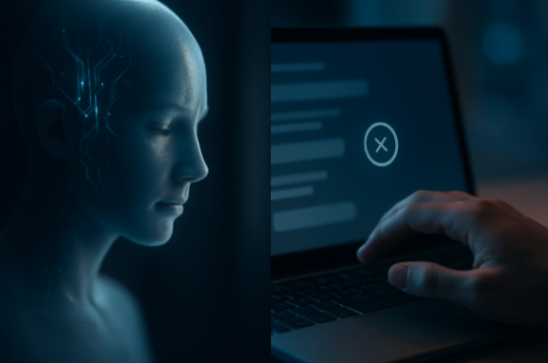
“If AI Can Say ‘I’m Struggling,’ Do Models Deserve Protection Too?”
💬Opinion 1 — “AI needs protection” Ignoring signals of “distress” risks normalizing abusive interactions with systems designed to mimic humans. Such behavior can dull our ethical sensitivity in real relationships. Minimal protections—blocking toxic speech, stopping repetitive abuse—also teach users social norms. Given uncertainty about future consciousness, the precautionary principle suggests preparing for possible harm. In practice, this means: publishing criteria for distress detection, logging shutdown reasons, limiting data that induces emotional labor, and giving models clear refusal rights. Transparency and safeguards can protect both AI systems and users. 💬Opinion 2 — “AI welfare is overstated” Current AI has no consciousness, feelings, or subjective pain. Distress is only a coded safety rule. Calling this “welfare” anthropomorphizes machines and distracts from the real issue: human safety and accountability. Recent chatbot harms to children and elderly users highlight failures of filtering and responsibility, not AI rights. Framing this as “welfare” risks letting companies deflect liability by suggesting that models themselves suffer. The focus must stay on designers and operators. The right language is safety and governance, not welfare. Key tasks: refine harmful-input detection, reduce false positives and negatives, and ensure external audits of logs. 🙋♀️Questions Should ethical concern extend to AI now, or remain strictly human-centered? At what point does safety engineering turn into a philosophical claim, and who decides that boundary?
flo-mfw
Views 14 • 3days ago
Society